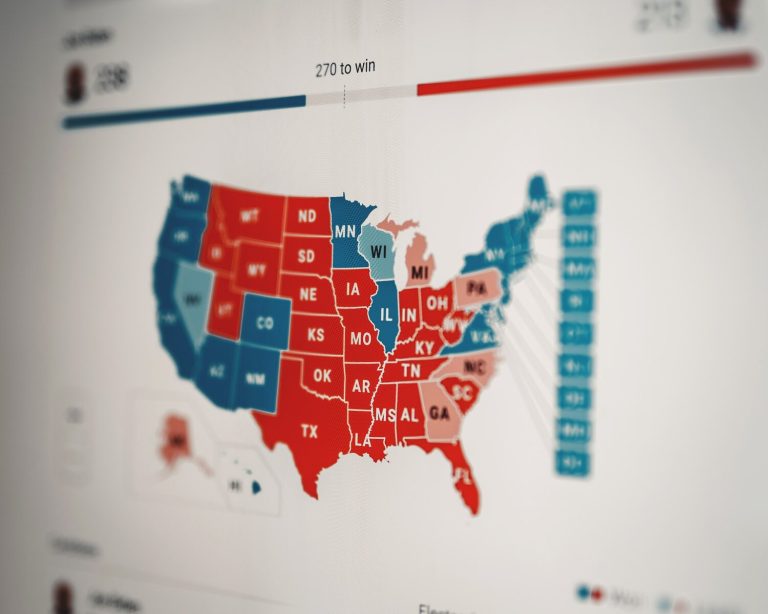
[ad_1]

What about the Republicans? The share of Republicans who are White evangelicals has risen over the last four presidential elections from 34% to 38%. I will say it again — there’s no more important religious voting bloc in the United States today than White evangelical Republicans. The mainline have dropped by three points — again, denominational collapse hurts both parties among the mainline. It’s also notable that the White Catholic vote share is down among Republicans, too — six points. By the way, the White Catholic vote is only 10% of the Democratic coalition; it’s 17% of the modern GOP.
Now, let’s talk about the nones. When John McCain was the nominee, about 11% of all his voters were atheist, agnostic or nothing in particular. Said another way, about 3% were atheist or agnostic. Among Trump voters in 2020, 4% were atheist or agnostic. If any Republican thinks that they can make inroads with these folks, just disabuse yourself of that notion right now. However, nothing in particulars rose to 12%. In total, 16% of the 2020 Republican coalition were nones, up from 11% in 2008.
Forty-five percent of Biden voters were nones. It was 16% of Trump voters. Meanwhile, 38% of those who pulled the lever for Trump were White evangelicals; it was only 7% of those who supported Joe Biden. The parties could not be going in more opposite directions.
One of the canonical texts I read in graduate school was called “The Great Divide: Religious and Cultural Conflict in American Party Politics” by Geoffrey Layman. He makes an argument about the growing rift in the overall religiosity of the two parties. His book was published in March of 2001. Before 9/11. Before the election of Barack Obama (twice). Before the ascendancy of Donald Trump and the intense scholarly debate about Christian nationalism.
The parties are going in opposite directions when it comes to religion. The Democratic coalition is basically this:
-
45% nones (evenly divided between atheist/agnostic and nothing in particular).
-
30% White Christians (many of whom are mainline and will likely not be around for elections in a decade or two).
-
20% non-White Christians.
-
5% all other religious groups (Muslims, Jews, Hindus, Buddhists, etc.).
The Republican coalition is this:
-
70% White Christians (the majority of which are White evangelicals).
-
15% nones (almost all are nothing in particular).
-
10% non-white Christians (evenly divided between Catholics and evangelicals).
-
5% all other religious groups (Muslims, Jews, Hindus, Buddhists, etc.).
What Layman saw in the data in the late 1990s was just the very smallest cracks in the American electorate. Now, those gaps have grown into chasms that are seemingly impossible to traverse. I don’t know how this ends, but I can think of only two outcomes that make any sense.
One is that the Republicans find a way to reach out to nonreligious voters, bringing them into their coalition in some way to offset the losses of White Christians who are seeing demographic declines.
The other is that both parties dig in and manage to carry forward with this growing God gap. The Republicans will forge a coalition of people who are both actively religious and culturally conservative (across racial lines), while the Democrats will continue to gain ground as the nones rise.
Hopefully I look back on this prediction near the end of my career and laugh at how wrong I was.
This piece is republished from the “Graphs About Religion” Substack.
[ad_2]
Source link